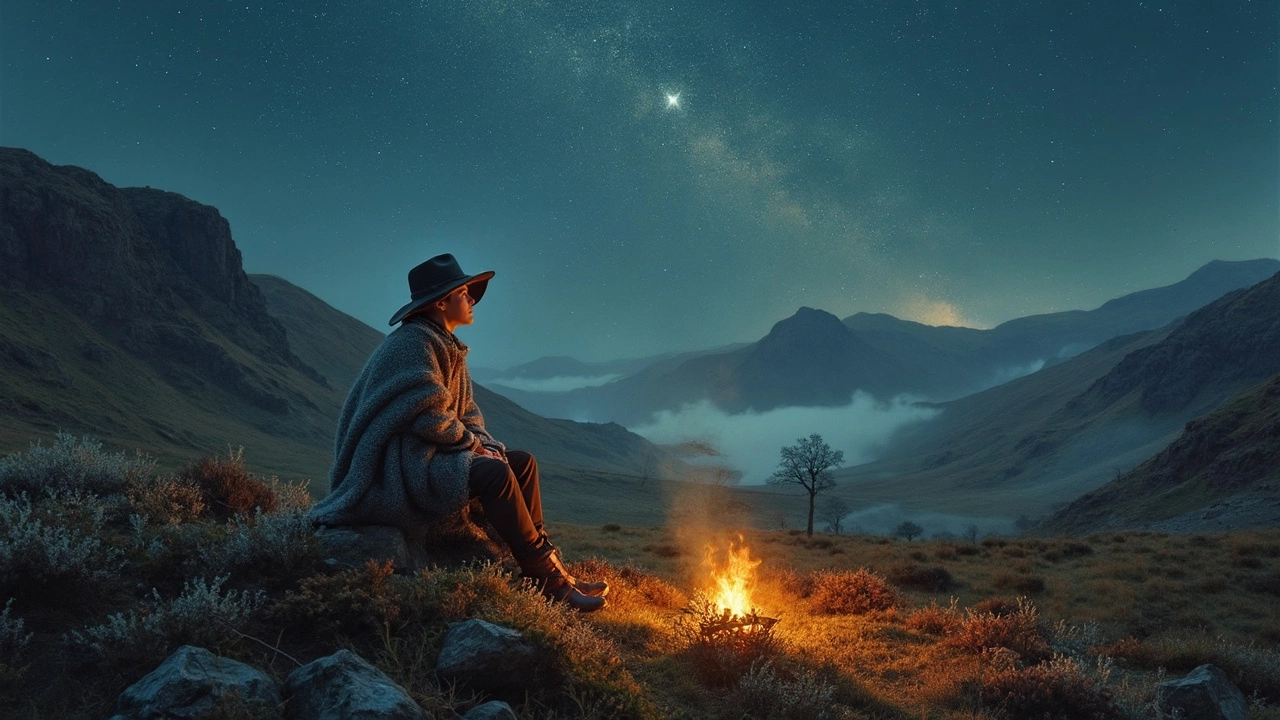
Eco-Friendly Camping: Your Guide to Greener Adventures
Thinking about sleeping under the stars but worried about your footprint? You don’t have to choose between fun and responsibility. With a few smart moves, you can camp comfortably and keep the environment happy. Below are the basics you can start using tomorrow, no special training required.
Gear That Keeps It Green
First off, look at what you bring. A tent made from recycled polyester or organic cotton cuts down on virgin plastic. If you can, borrow gear from a friend or a local rental shop—that way you’re not buying something you’ll use once and toss.
When it comes to cooking, a compact stove that runs on bio‑fuel or small propane cartridges is better than a big gas canister. Even better, a lightweight backpacking stove that uses wood scraps you collect on site (as long as local rules allow) leaves no extra waste behind.
Don’t forget the small stuff: reusable water bottles, stainless‑steel mugs, and biodegradable soap. A simple silicone food bag can replace dozens of disposable zip‑locks, and it’s easy to clean with a quick rinse.
Leave No Trace: Everyday Practices
Once you’ve got the right gear, the real impact comes from how you behave on the ground. The “Leave No Trace” principles are a solid checklist. Start by staying on established trails and campsites – it prevents soil erosion and protects fragile plants.
Pack out all trash, even bits of food packaging that seem harmless. If you’re cooking, use a portable sink or a biodegradable soap bowl to wash dishes, then disperse the water at least 200 feet away from any water source.
Fire safety matters too. Use a camp stove whenever possible; if you must have a fire, keep it small, use only dead wood already on the ground, and fully extinguish it with water before you leave. A cold ember can spark an unwanted blaze.
Finally, be mindful of wildlife. Store food in airtight containers or a bear‑proof locker if the site offers one. Watching animals from a distance keeps both you and them safe.
These habits feel like extra steps at first, but they quickly become second nature. The payoff is a campsite that looks just as pristine as you found it – and the satisfaction of knowing you helped keep it that way.
Eco-friendly camping isn’t a gimmick; it’s a practical way to enjoy the outdoors without leaving a mess behind. By choosing sustainable gear and following simple low‑impact rules, you’ll get the full nature experience while protecting it for the next camper.
Ready to try it? Grab your recycled‑material tent, pack those reusable bottles, and head to the nearest trail. You’ll see how easy green camping can be – and you might even inspire a few fellow campers along the way.
